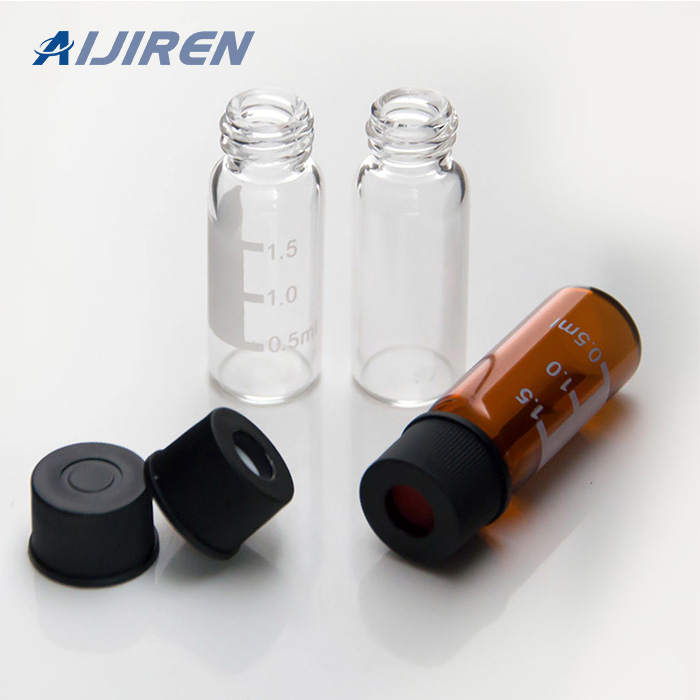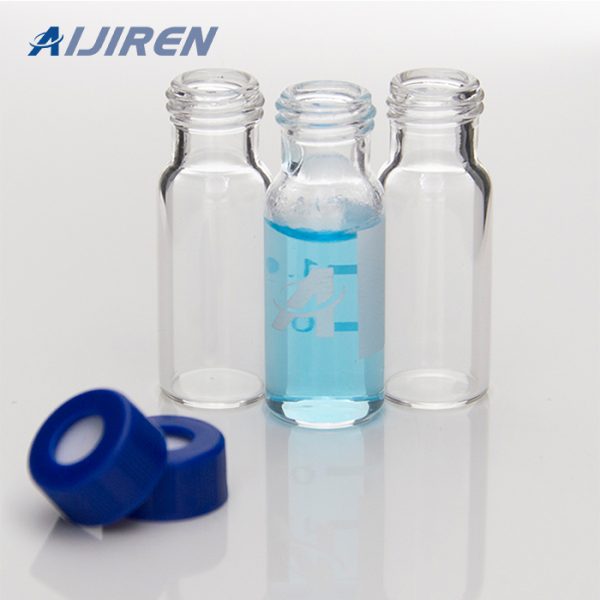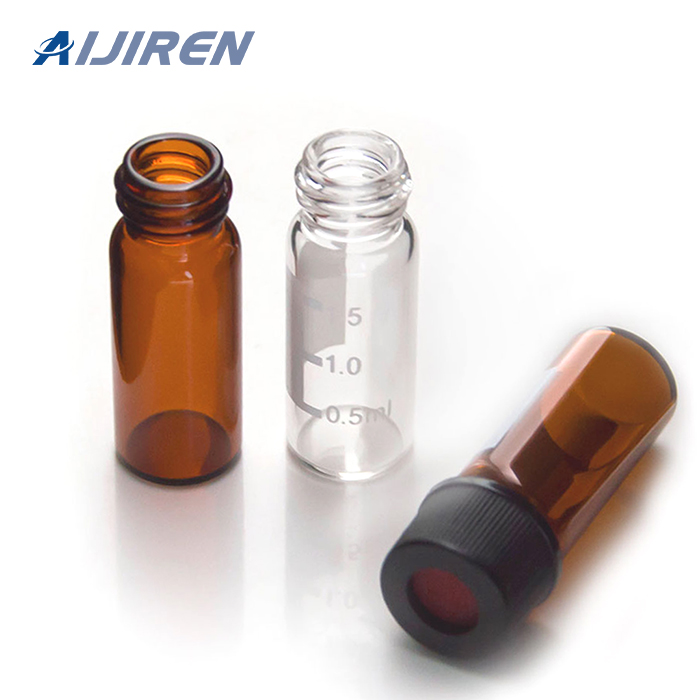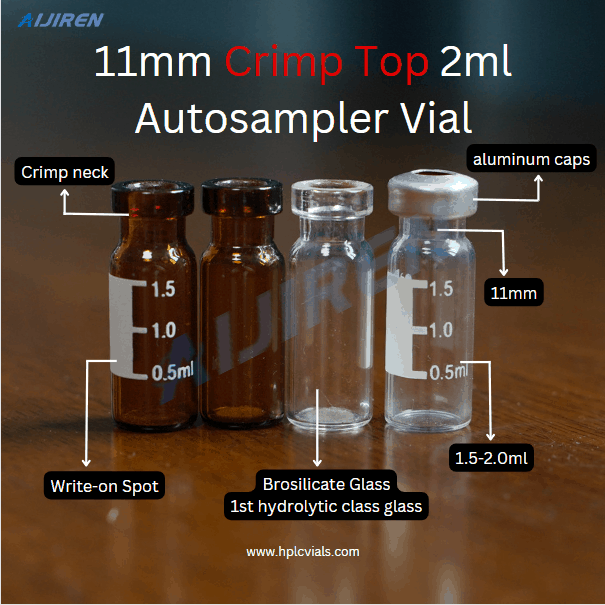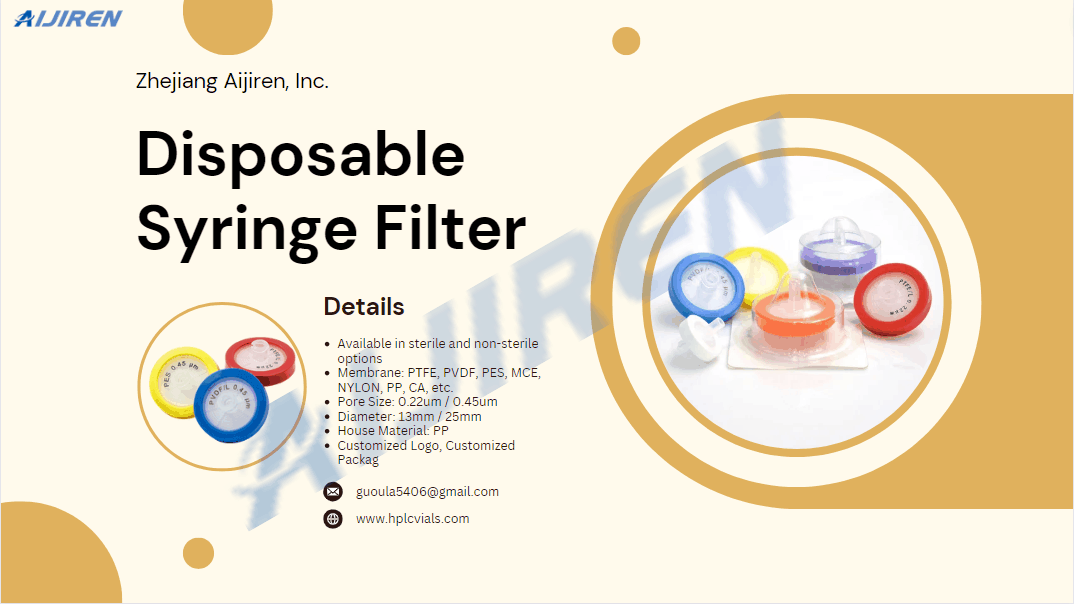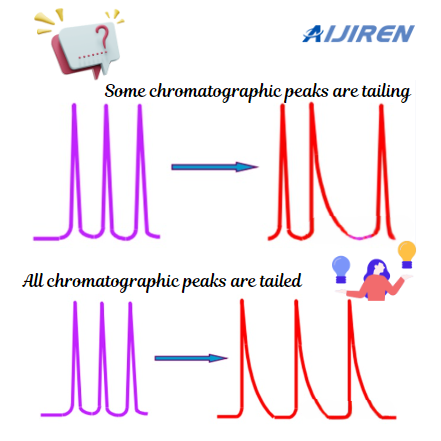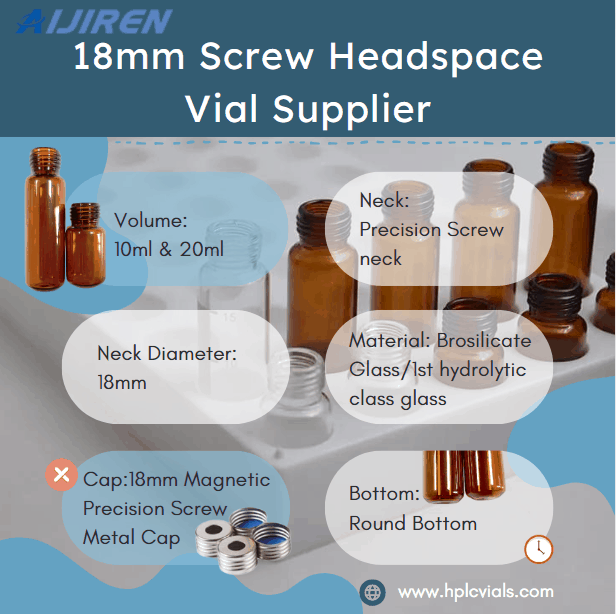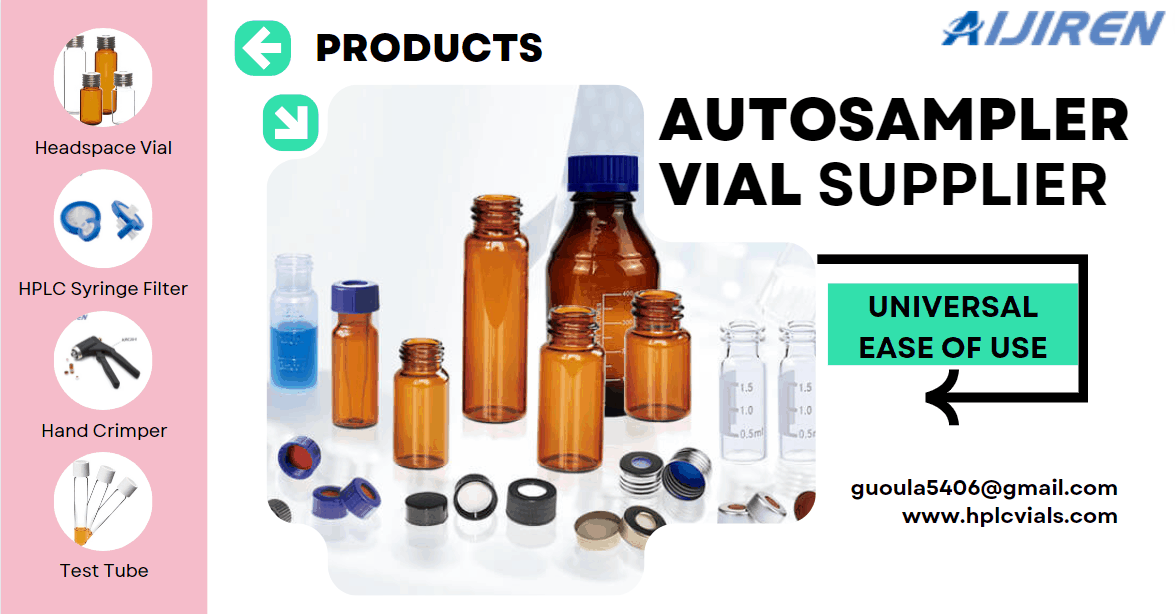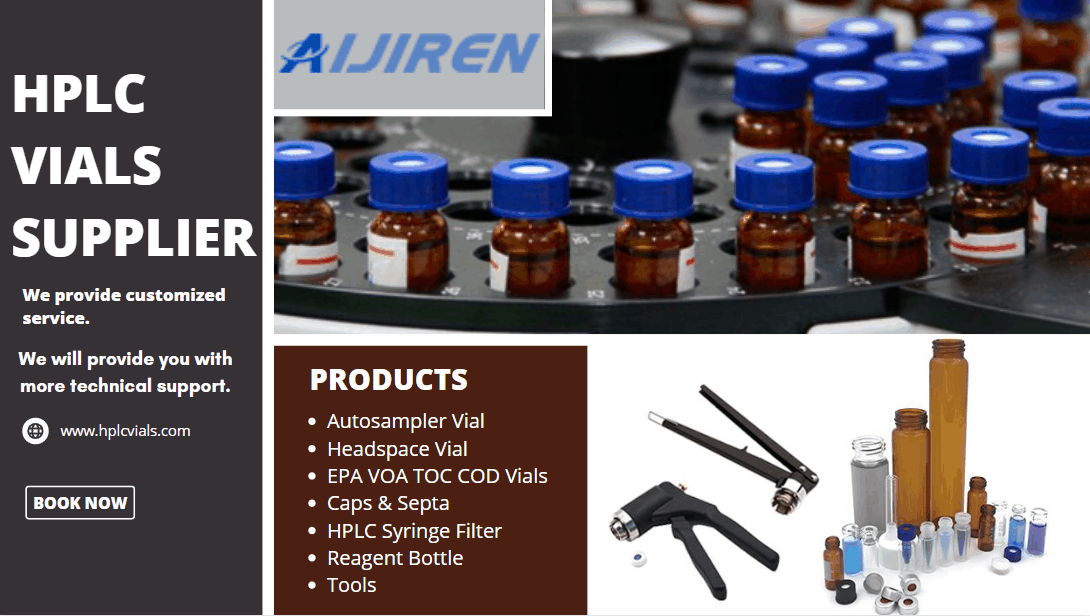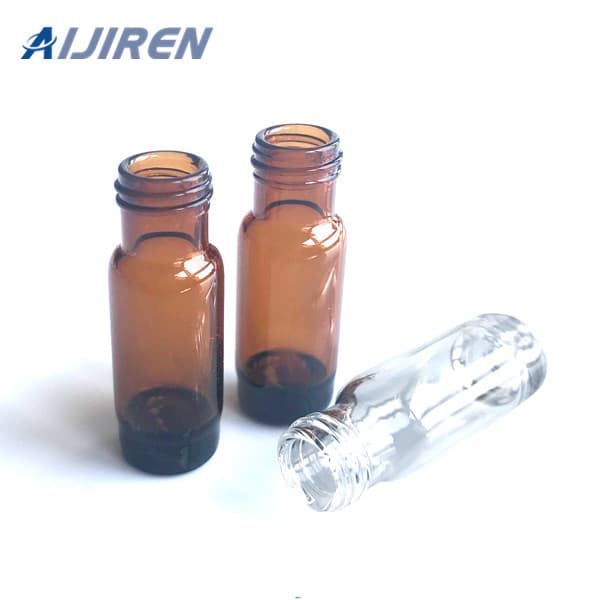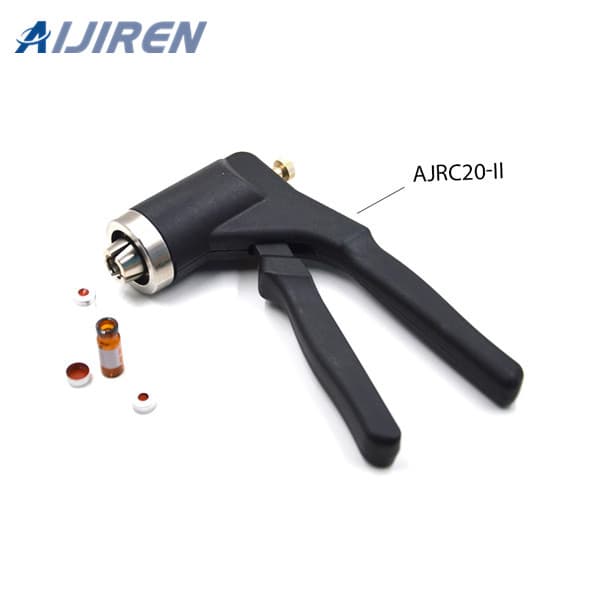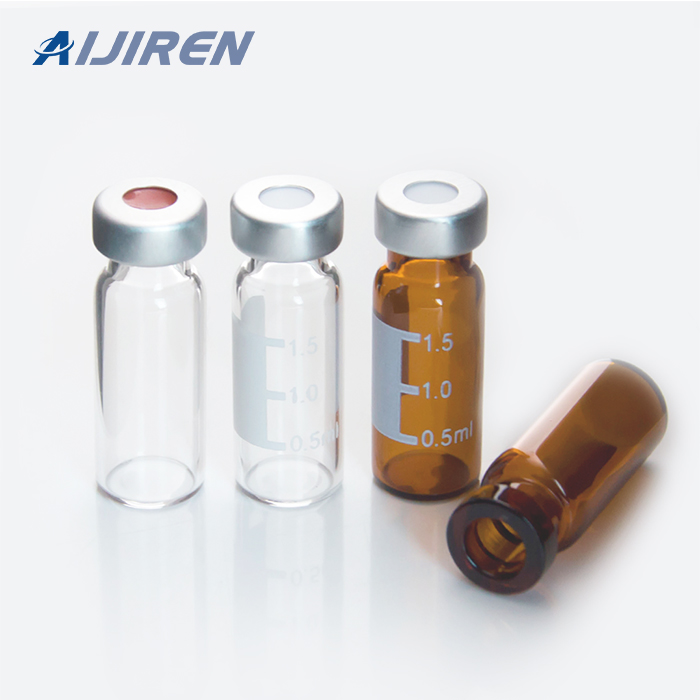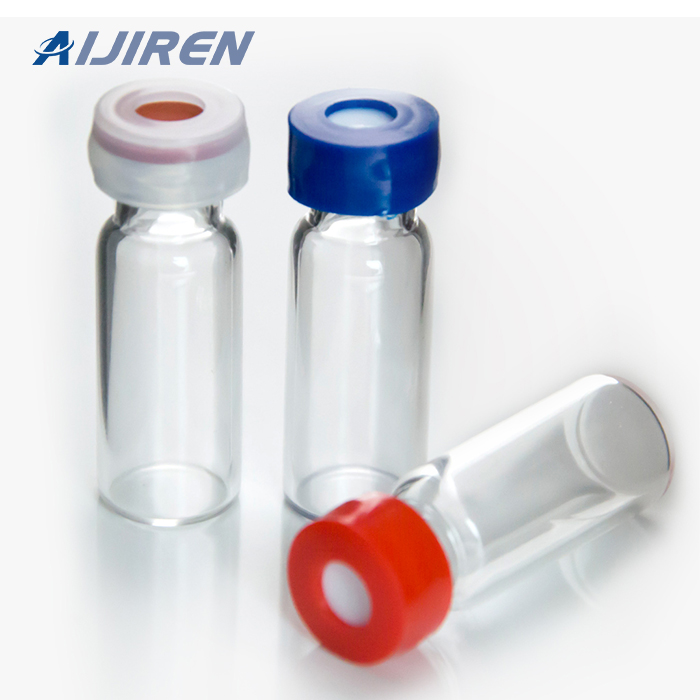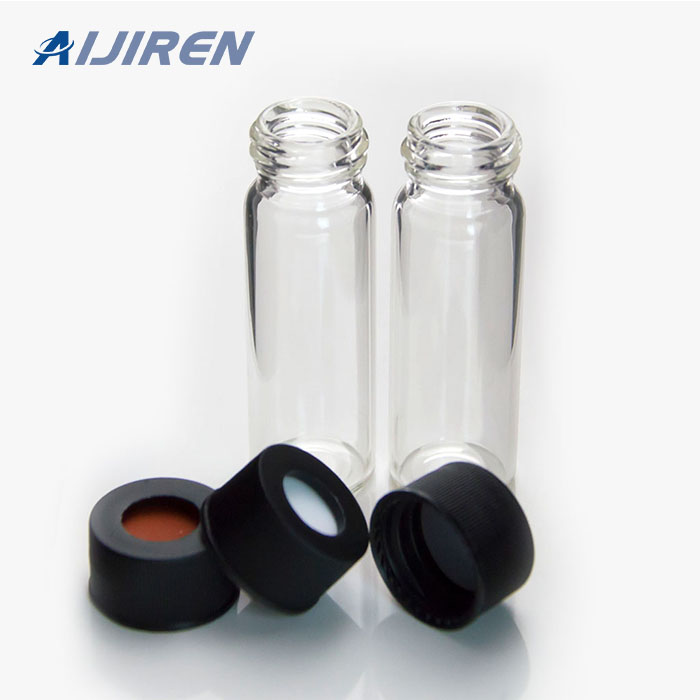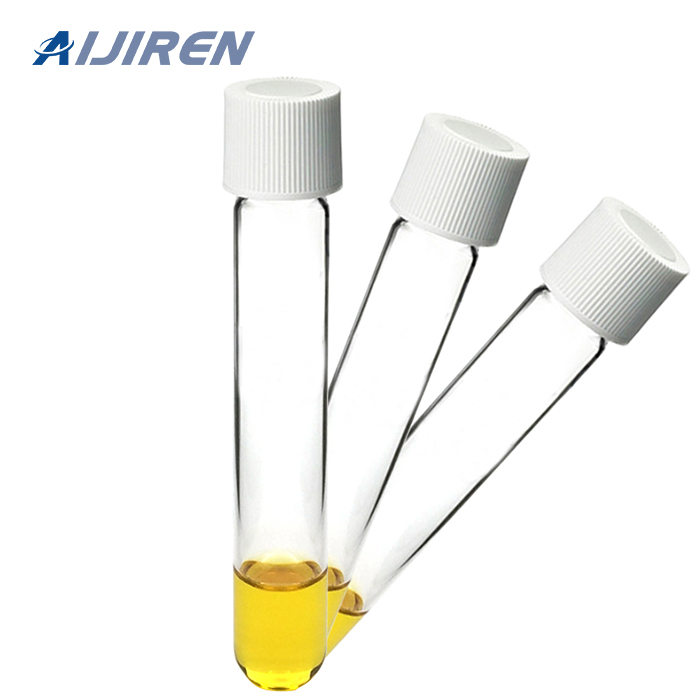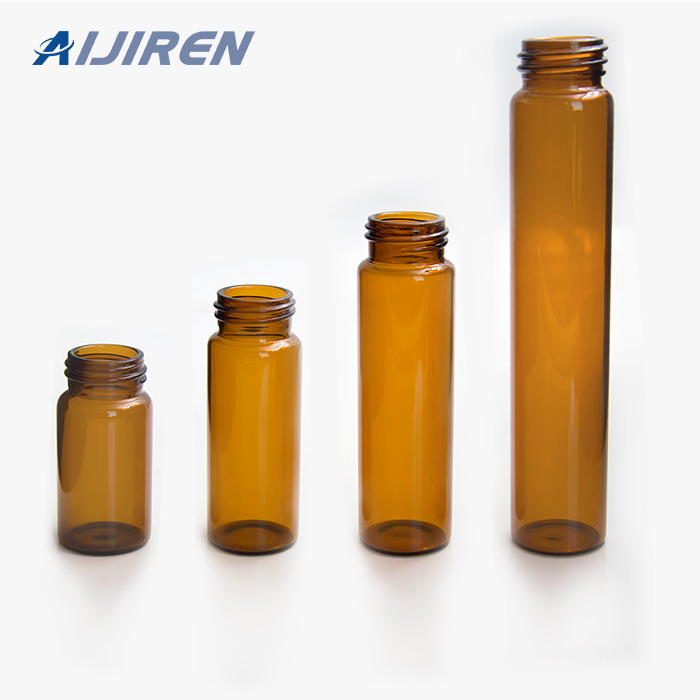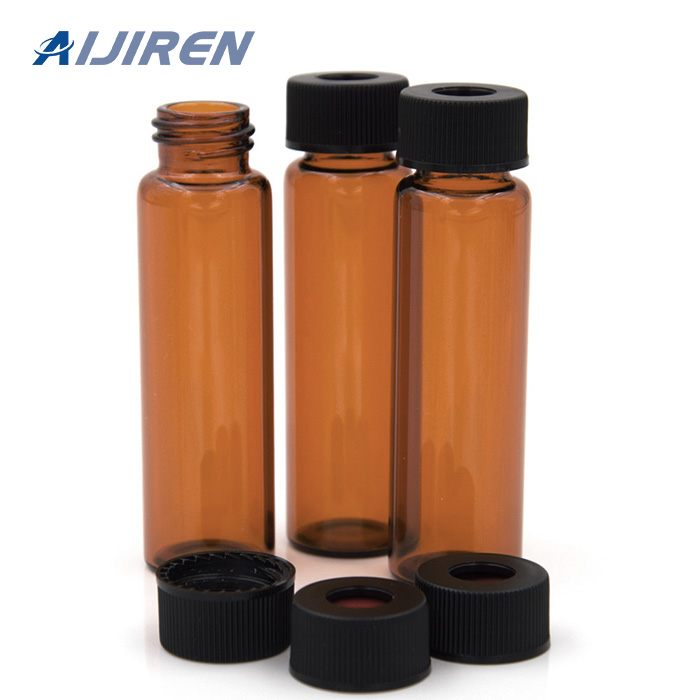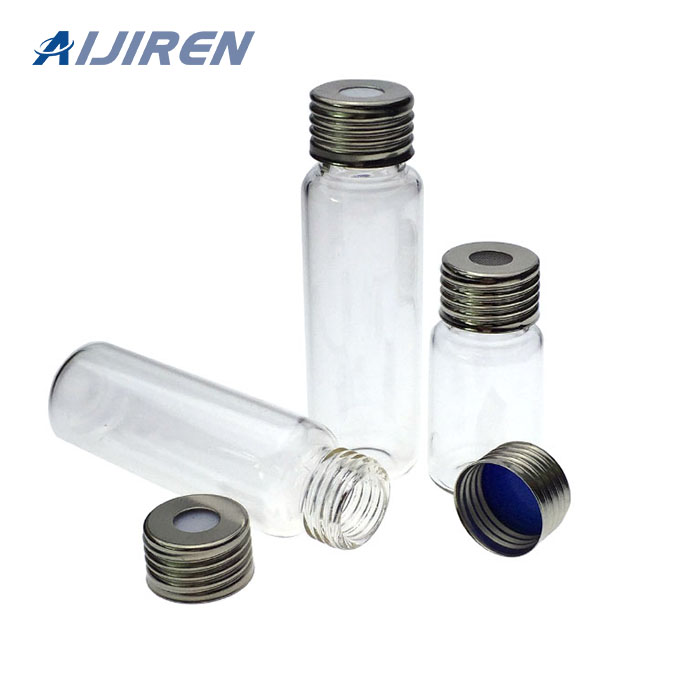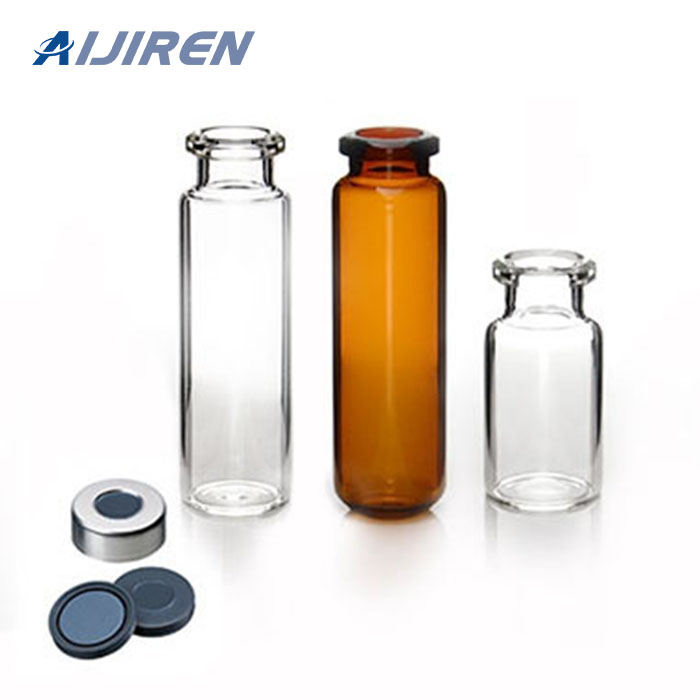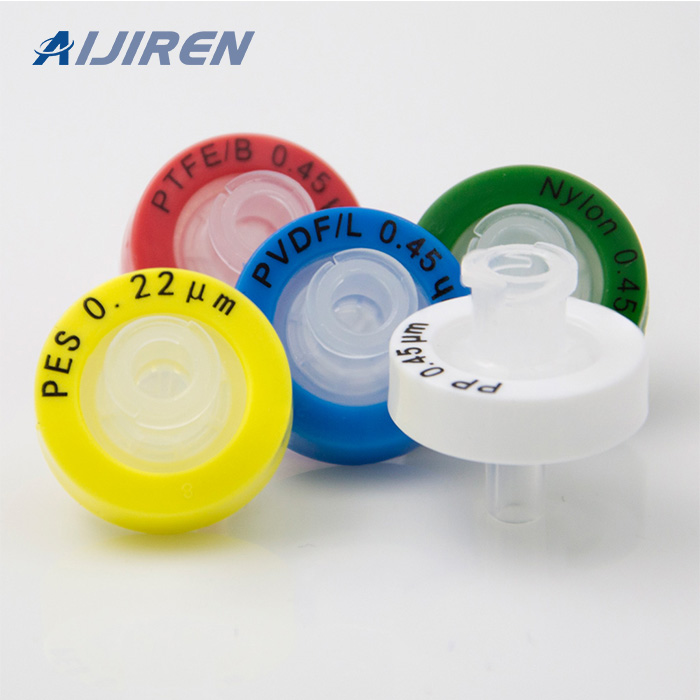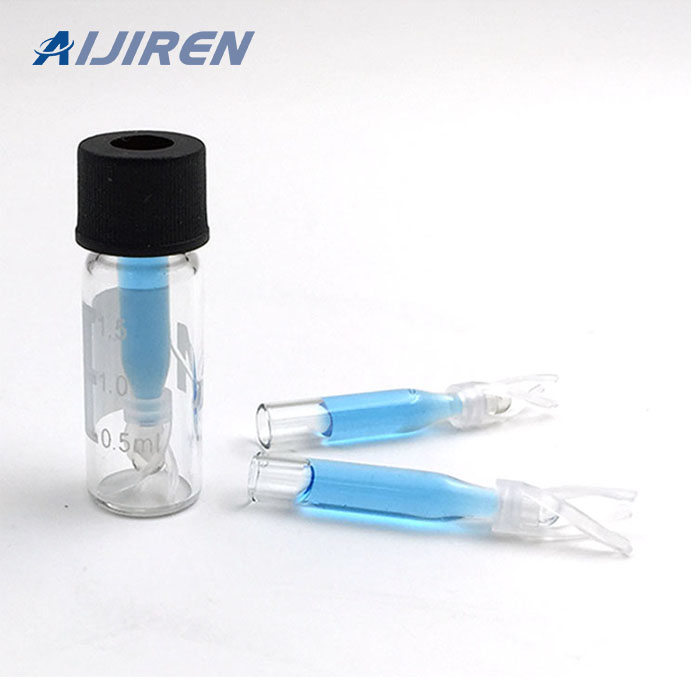Vials are small containers typically made of glass or plastic that are used for storing and transporting various substances. They come in different types and sizes to accommodate a wide range of applications.
- Screw Top Vials:
- Uses: Commonly used in laboratories for sample storage. They often have a threaded top that can be sealed with a screw cap.They are commonly used in laboratories for storing liquids, powders, or solid samples.
- Crimp Top Vials:
- Uses: Also used in laboratories for sample storage, particularly in chromatography applications. These vials have a flanged top that is crimped with an aluminum seal.They are commonly used in pharmaceutical and chromatography applications, such as storing injectable drugs
- Snap Cap Vials:
- Uses: These vials have a snap-on cap, eliminating the need for crimping or screwing. They are often used for quick and easy sample access in various laboratory applications. They are often used in clinical and diagnostic settings for storing specimens, such as urine or blood samples.
- Head space Vials:
- Uses: Specifically designed for storing samples with volatile compounds. They are commonly used in gas chromatography to analyze gas samples.
Environmental analysis and Total Organic Carbon (TOC) analysis are related concepts but refer to different aspects of analytical chemistry.
It’s important to choose the right type of vial based on the specific requirements of the application, including the type of sample, storage conditions, and any analytical techniques involved.
Environmental analysis and Total Organic Carbon (TOC) analysis are related concepts but refer to different aspects of analytical chemistry.
- Environmental Analysis:
- Definition: Environmental analysis encompasses a broad range of analytical techniques used to study and monitor the presence of various substances in the environment.
- Purpose: It is conducted to assess the impact of human activities, industrial processes, and natural phenomena on air, water, soil, and other components of the environment.
- Components Analyzed: Environmental analysis can involve the measurement of a wide range of substances, including heavy metals, organic pollutants, nutrients, pesticides, and other contaminants.
- Techniques: Various analytical techniques such as chromatography (gas chromatography, liquid chromatography), spectroscopy (mass spectrometry, atomic absorption spectroscopy), and other methods may be employed depending on the substances being analyzed.
- Total Organic Carbon (TOC) Analysis:
- Definition: TOC analysis specifically focuses on the quantification of the total amount of organic carbon present in a sample.
- Purpose: It is commonly used in environmental and water quality monitoring to assess the organic carbon content of water samples.
- Components Analyzed: TOC analysis measures the concentration of organic carbon in various forms, including dissolved and particulate organic carbon.
- Techniques: TOC analysis is often performed using specialized instruments like TOC analyzers, which oxidize organic carbon to carbon dioxide and measure the produced CO2 to determine the organic carbon content.
In summary, environmental analysis is a broader field that involves studying various components in the environment, while TOC analysis specifically targets the quantification of organic carbon in a sample. TOC analysis is just one component of environmental analysis, and it provides valuable information about the organic carbon content, which is crucial for understanding water quality and other environmental factors.
Purchase Notes
1. Manufacturers supply genuine products
Production and sales integration entity factory First-hand source of goods Short production cycle and quality assurance of goods.
2. Dimensional tolerance
The size is manually measured. Due to pure hand-made and different measurement tools and methods, there will be a tolerance of 2mm. Please refer to the product list and evaluation details and shop independently.
3. About color
The products are all taken in kind, and the colors are professionally proofread, and are the closest to the actual tiles, because the color contrast and color temperature of the computer monitor are different and so on.
4. About packaging
Test tubes are packed in paper-wrapped reinforced cardboard boxes, and cork cardboard boxes are packed in bulk. If you need to export internal and external packaging, please communicate with customer service for confirmation.
5. Regarding quality/breakage
Everyone knows that glass is fragile, and the factory’s intact products and packaging are safely shipped out of the warehouse. However, there are still inevitable minor damages in the logistics and transportation. Within 48 hours of receiving the goods, provide a valid quality description or apply for an arrangement for replacement of the number of damaged pictures exceeding 10 ( Except for plugs) or refund the damaged payment, we will refuse to pay for damages less than 10, if you mind, please shoot.
6. About delivery
During the delivery period, we will arrange different transportation methods such as sea, air or express delivery according to the quantity and volume of the goods. The specific need to communicate with the business manager.

